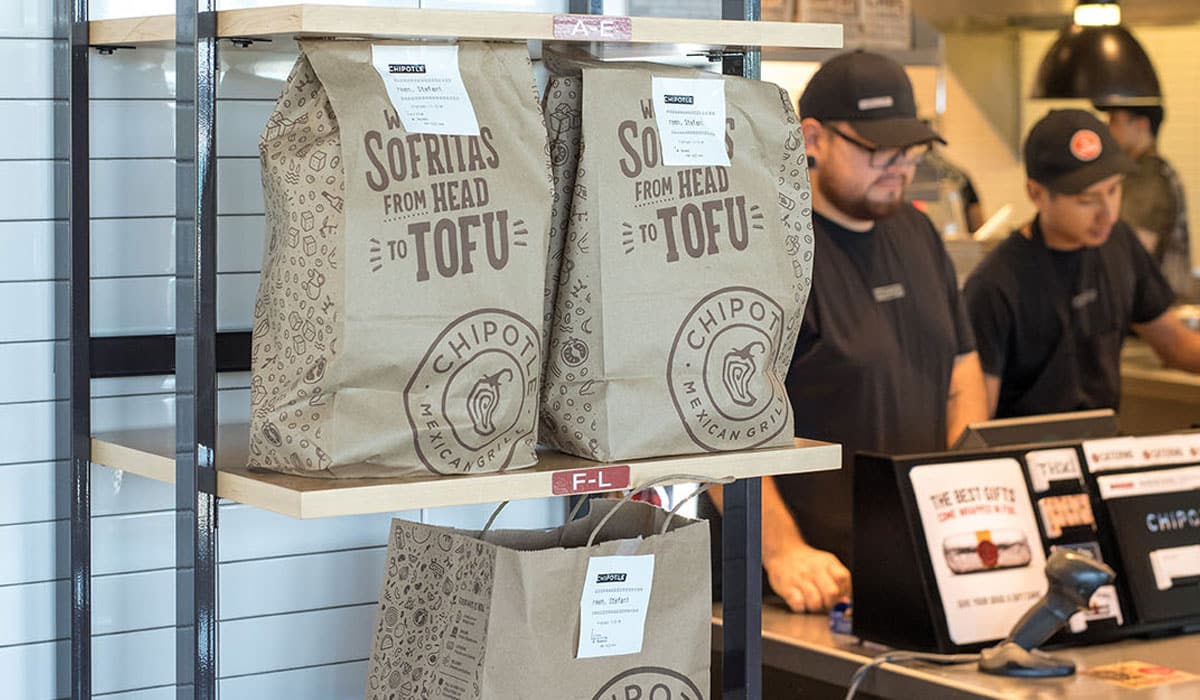Since early March, multidimensional brand experience firm Big Red Rooster has been tracking consumer behaviors as they change and evolve in response to the ongoing pandemic. The one question we’ve been repeatedly asked since retail’s reopening is “Do these new behaviors even still matter? Aren’t consumers just reverting to their old ways?”
From our latest research, conducted in early August, it’s clear that we as a society are not going back to the way we were. Our data indicate the settling of attitudes and behaviors prominent at the peak of the pandemic. However, trust in retailers and feelings of safety are severely lacking and there are strong indications that the changing consumer behaviors are here to stay for the mid- to long-term future.
The first thing we need to understand is that there is an expectation for change. In our latest study, 75 percent of consumers said they expect some or significant change to the physical environment. This data has decreased from a peak of 94 percent in late May, likely impacted by changes that have become the new normal as reopening has proliferated.
The dominant expectations for change are tied to two of our behaviors identified in March—contact avoidance and protecting personal space. On their last shopping trip, only 26 percent of consumers agreed strongly that they felt safe while shopping. Also, 29 percent of consumers told us they do not trust any companies or retailers to protect their safety. It’s critical for restaurants to prioritize investments in solutions that re-establish this foundation of trust and safety. To help mitigate this lack of trust, Chick-fil-A restaurants have implemented “Safe Service” standards. The list summarizes any changes guests may notice when visiting one of their locations and promotes transparency with its safety initiatives.
Right now, there are still a lot of temporary “Band-Aid” fixes being implemented, such as duct tape lines and stickers to encourage social distancing measures. As some of these behaviors continue to become ingrained in our day-to-day lives, retailers should look into how to create permanent on-brand adjustments. Future-thinking ideas might include optimizing drive-thru capacity by adding additional windows and lanes, installing insulated pick-up lockers on the building exterior, completely contactless automated doors, and integrated UV-disinfecting technology throughout the front- and back-of-house.
New behaviors have emerged as well. Consumers told us that on their last shopping trip 82 percent tried to get in and out of stores as quickly as possible. Embracing this idea of the quick trip is critical and is leading many brands inside and outside of the quick-service restaurant space to rethink their portfolios and prioritize investments in curbside and pick-up solutions.
Chipotle is maximizing this idea of the quick in-and-out with plans for more than 60 percent of its new stores to include drive-thru lanes. These lanes will exclusively be for customers to pick up orders placed online, helping to expedite the pick-up process in addition to reinforcing new ordering behaviors.
Beyond tactical solutions, it has never been more important that brands behave in a way that re-establishes consumers’ trust and builds loyal relationships.
Throughout industries, consumers are gravitating toward brands that they feel they can trust. Many restaurants are helping to build this confidence-based loyalty through increased philanthropic efforts. In April, Firehouse Subs restaurant owners across the country partnered with the Firehouse Subs Public Safety Foundation to donate over 9,000 subs to first-responders, families in need, and housebound seniors.
When it is financially feasible, consumers have made their desire to purchase locally known. After being home for so long, many are viewing their local communities in a new, positive light—74 percent say they plan to support a local business whenever possible after the pandemic.
From the data, it’s clear that consumers’ expectation for change isn’t going away. To succeed both now and beyond, brands must figure out how to employ permanent, intuitive, and non-obtrusive solutions that showcase their connection to community and dedication to consumer and employee safety. The brands that can do this successfully will be well-positioned to gracefully enter this new era of consumerism.
Emily Albright Miller is the vice president of strategy at Big Red Rooster.













